Télécoms Sans Frontières spoke to Jennifer Enderlin, Director of Corporate Social Responsibility at AT&T, TSF’s partner since 2003.
Recently, TSF and AT&T celebrated their 20th year partnership anniversary. Read the full interview to learn more about this partnership, TSF’s impact and AT&T’s Corporate Responsibility programs.
TSF: How do you see this collaboration of 20 years with TSF personally and from AT&T’s perspective?
Jennifer Enderlin: I've led AT&T's disaster relief program since 2011, and I have enormous appreciation for the important work that TSF does every day to help people around the world stay connected when they've been impacted by a disaster or a humanitarian crisis. When disaster strikes, TSF and other NGOs are critical in providing interim connectivity solutions while the network infrastructure is being restored. Our purpose at AT&T is to connect people to greater possibilities, and TSF really helps us achieve this. Over the past 20 years, we've provided more than 2.3 million dollars in philanthropic support and consider TSF our key international collaborator in our disaster relief program. I want to extend my appreciation and thank you to your employees, volunteers, and partners because the work you do is so important.
“Our purpose at AT&T is to connect people to greater possibilities, and TSF really helps us achieve this.”
TSF: You mentioned the disaster relief program of AT&T. Can you tell me a little more about it?
Jennifer Enderlin: We have a world-class AT&T Network Disaster Recovery team that quickly recovers and repairs the network, resulting in rapid restoration of communications for consumers, businesses, public safety, and first responders on our FirstNet dedicated network. The company plays a critical role in responding to disasters. For our employees, we show up in a big way through the AT&T Employee Relief Fund, a charity I also lead, providing financial aid for short-term needs following an event, such as temporary housing, food, or clothing. We also help with long-term recovery for significant damage to homes. Since 2011, we've given over 10 million dollars to help our employees and their families recover from disasters. This charity is supported by both the company and our employees through donations, which is a huge point of pride for us.
When it comes to communities, we've evolved our program beyond just providing philanthropic support to a more robust approach with three pillars: resilience and preparedness, immediate response and connectivity solutions, and long-term recovery. We partner with organizations that stay for years to help communities rebuild and recover from significant events. We've set a goal to help one million people prepare for and recover from disasters by 2030, demonstrating our deep commitment to this work.
TSF: What is AT&T's global vision on the topic of climate resilience?
Jennifer Enderlin: Climate resilience is a critical topic, especially as extreme weather events become more frequent and intense. Companies and community leaders need to understand how to protect critical infrastructure and vulnerable populations better. At AT&T, we've invested heavily in the climate resilience of our network. We've worked with the US Department of Energy's Argonne National Labs to develop an internally focused tool that visualizes climate impacts, such as wind, drought, wildfires, or flooding, at the neighborhood level up to 30 years into the future. This data helps us plan for network builds and maintenance with climate change in mind.
We've also made this data accessible to the public in collaboration with Argonne and FEMA, allowing Americans to prepare for future weather extremes. This data is especially useful for first responders and civic leaders, helping them assess vulnerabilities and build community resilience. Building partnerships is key to strengthening the resilience of organizations and communities, aligning with the 17th Sustainable Development Goal.
TSF: Let's continue on the global perspectives but more on the humanitarian sector. How do you see the contribution of telecommunications to humanitarian relief operations?
Jennifer Enderlin: Telecommunications play a crucial role in the humanitarian sector in many ways. The most obvious is through connectivity, which helps those impacted by events connect with their families, friends, and support networks, providing emotional support and facilitating access to vital information and resources. Connectivity is key.
In emergency response, telecommunications enable rapid communications between emergency responders, government agencies, and affected communities, coordinating relief efforts, sharing critical information, and ultimately saving lives. This is closely aligned with what TSF does every day.
For resource allocation, telecommunications improve the efficiency of humanitarian operations by facilitating real-time data collection and analysis, allowing aid organizations to make informed decisions and prioritize needs. Additionally, connectivity enables remote assistance, such as telemedicine consultations for patients in hard-to-reach areas.
Telecommunications are vital, and that's exactly what TSF has been doing for 25 years. We believe connectivity is key, both for voice communication and data.
“Telecommunications play a crucial role in the humanitarian sector in many ways. The most obvious is through connectivity, which helps those impacted by events connect with their families, friends, and support networks, providing emotional support and facilitating access to vital information and resources. Connectivity is key.”
TSF: Can you share your vision of how technology can contribute to addressing challenges related to climate change?
Jennifer Enderlin: Technology can help address many challenges globally, and AT&T is focused on two main areas: the environment and the digital divide.
For climate challenges, we need innovative ways to address extreme weather. Technology can play a significant role through broadband-enabled climate solutions. AT&T's Connected Climate Initiative aims to eliminate one billion metric tons of greenhouse gases by 2035. This initiative brings together leading technology companies, business customers, universities, and nonprofits to develop and scale 5G and other broadband-enabled climate solutions.
On social issues, technology fosters greater connectivity, inclusivity, and access to resources. AT&T is committed to closing the digital divide, ensuring more Americans can participate fully in the digital world. Through the AT&T Connected Learning Initiative, we're bridging the digital divide for students, caregivers, and families, particularly in underserved communities, providing technology, connectivity, and educational resources.
“Telecommunications are vital, and that's exactly what TSF has been doing for 25 years. We believe connectivity is key, both for voice communication and data.”
Watch the full interview here.



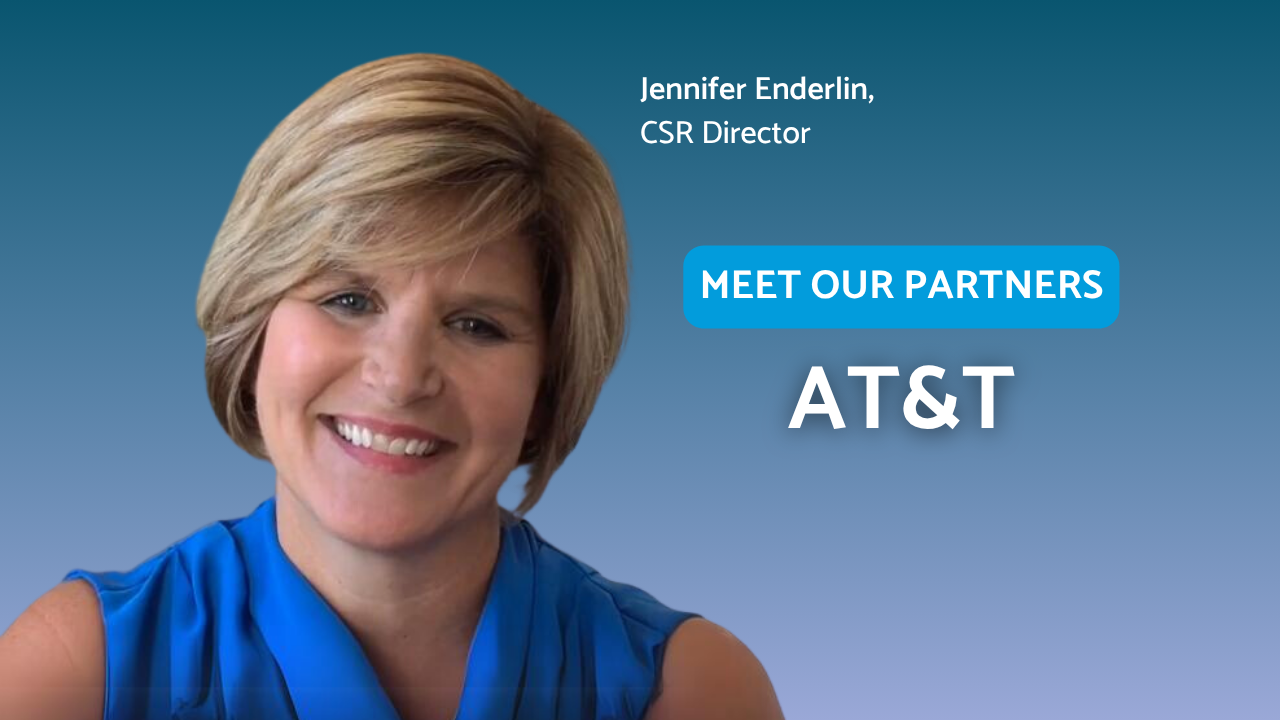
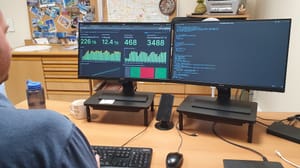

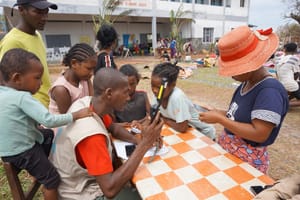
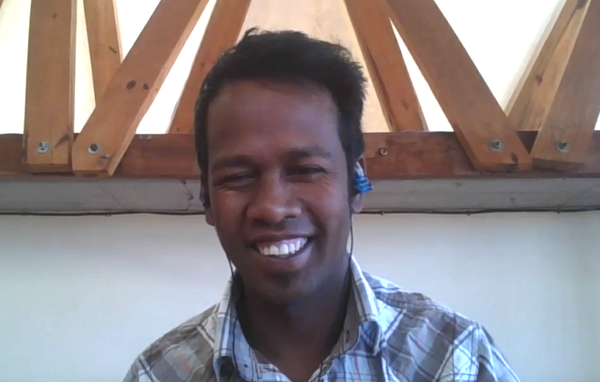
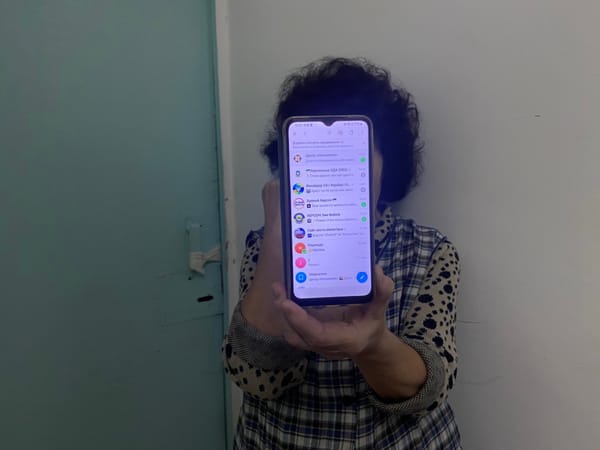
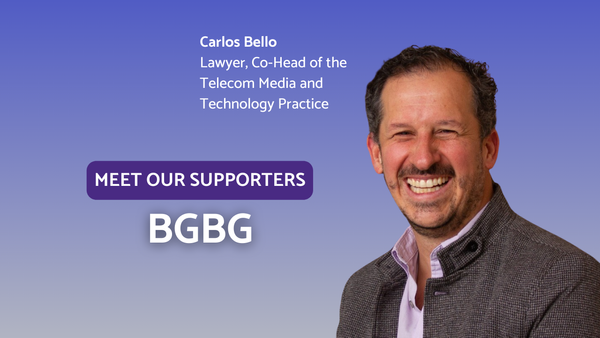
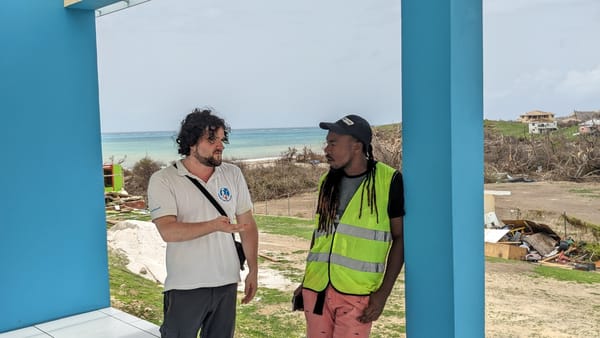
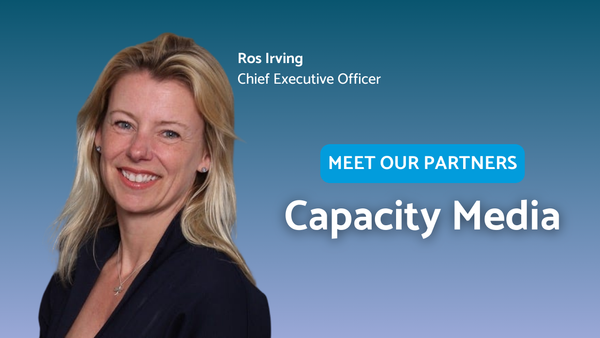
Member discussion